

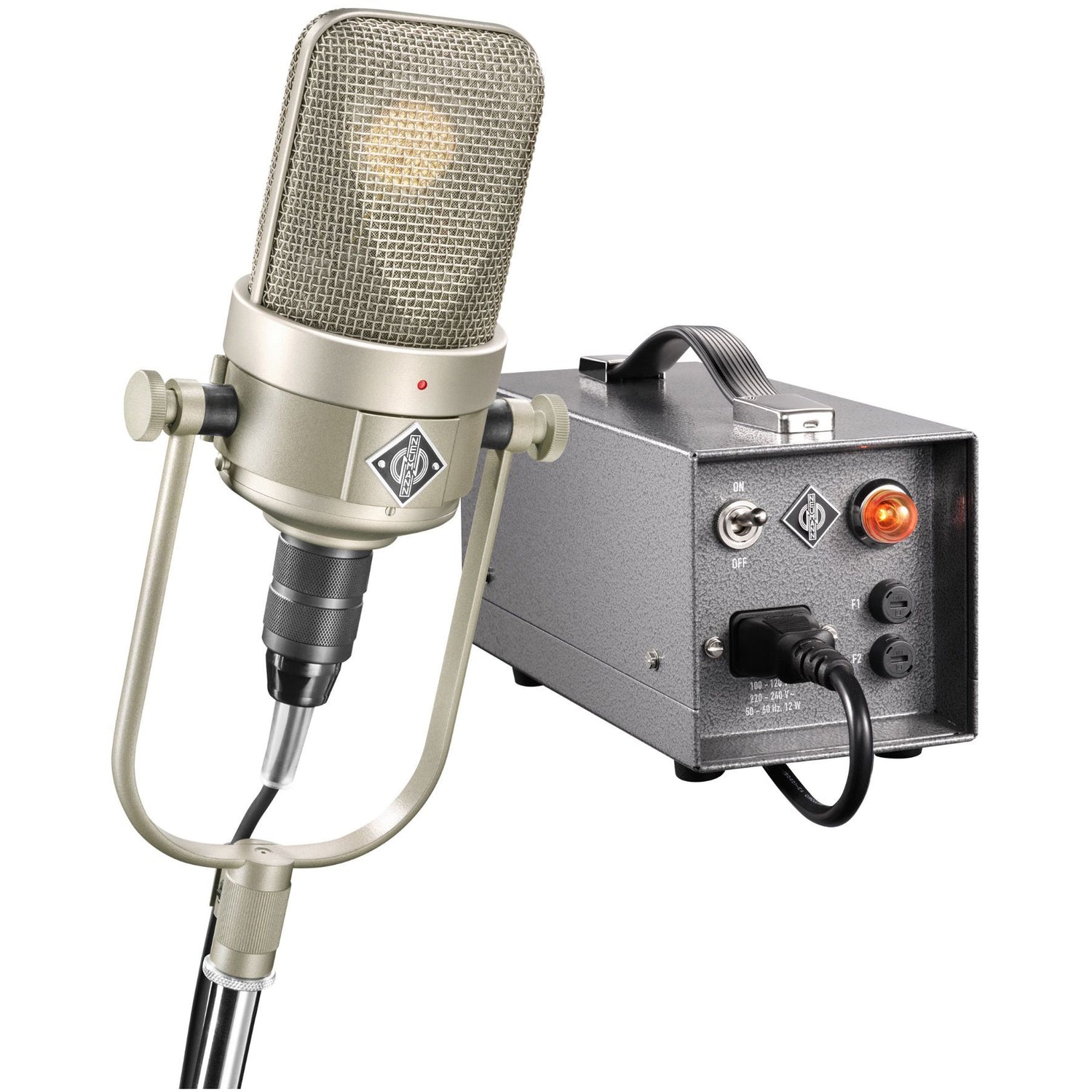
What makes Neumann so prized?
They are out there. Creations that are literally out of reach to most of us. Only fortunes favorite’s wear a Patek Philippe Grand Complications or have a Mercedes 300-SLR Gullwing waiting in the car port.
These larger-than-life luxuries are rare and beautiful. Unquestionably designed to reflect the owner’s status and taste. Craftmanship is absolutely a factor, but style, rarity and status drive the desire to own these vaunted heirlooms. No matter how exquisite the watch, or luxurious the auto, these social trump cards won’t outperform many other luxurious substitutions.
Legendary rather than ‘luxury’ is a better term to describe Neumann’s larger-than-life contributions to high-fidelity broadcasting, capturing the subtleties of the human voice, and eventually recording music of all varieties. Nearly 100 years after Neumann’s first prototype condenser mic, the Neumann legend has only grown, as the mics refuse to become dated. Having a handmade Neumann miracle mic in the vocal booth adds status, luxury, and legitimacy to any recording facility. Moreover, Neumann inspires deep confidence: Something you can’t have enough of when it’s time to deliver your world class performance. Beyond any device that’s simply luxurious and beautiful, Neumann delivers performance for which there is no substitution.

Who is Neumann?
Georg Neumann is a German born inventor, The kind of man that instantly see’s potential, that sometimes remains elusive to the rest of the world. Neumann is also a tireless perfectionist, and stringent craftsman.
Although the average person probably won’t recognize his name, everyone will recognize the sound he helped create. Neumann has touched the lives of everyone that’s enjoyed broadcasted music in Europe since the 30’s, and recorded music ‘round the world since the late 40’s. That adds up to billions of people- A boast not even Mercedes Jellinek & Karl Benz can make.
Inside the world of the professional music makers, the Neumann name is just as familiar and relied upon as Rolls Royce is to the Royal Family. A professional recording artist (especially a vocalist) record producer, or sound engineer equate Neumann as a synonym for impeccable performance quality and craftmanship. Anything ‘Neumann’ that doesn’t pass the strictest of self-applied standards is destroyed on sight. So… If you happen to run across a substandard Neumann, it’s a forgery, not an anomaly.
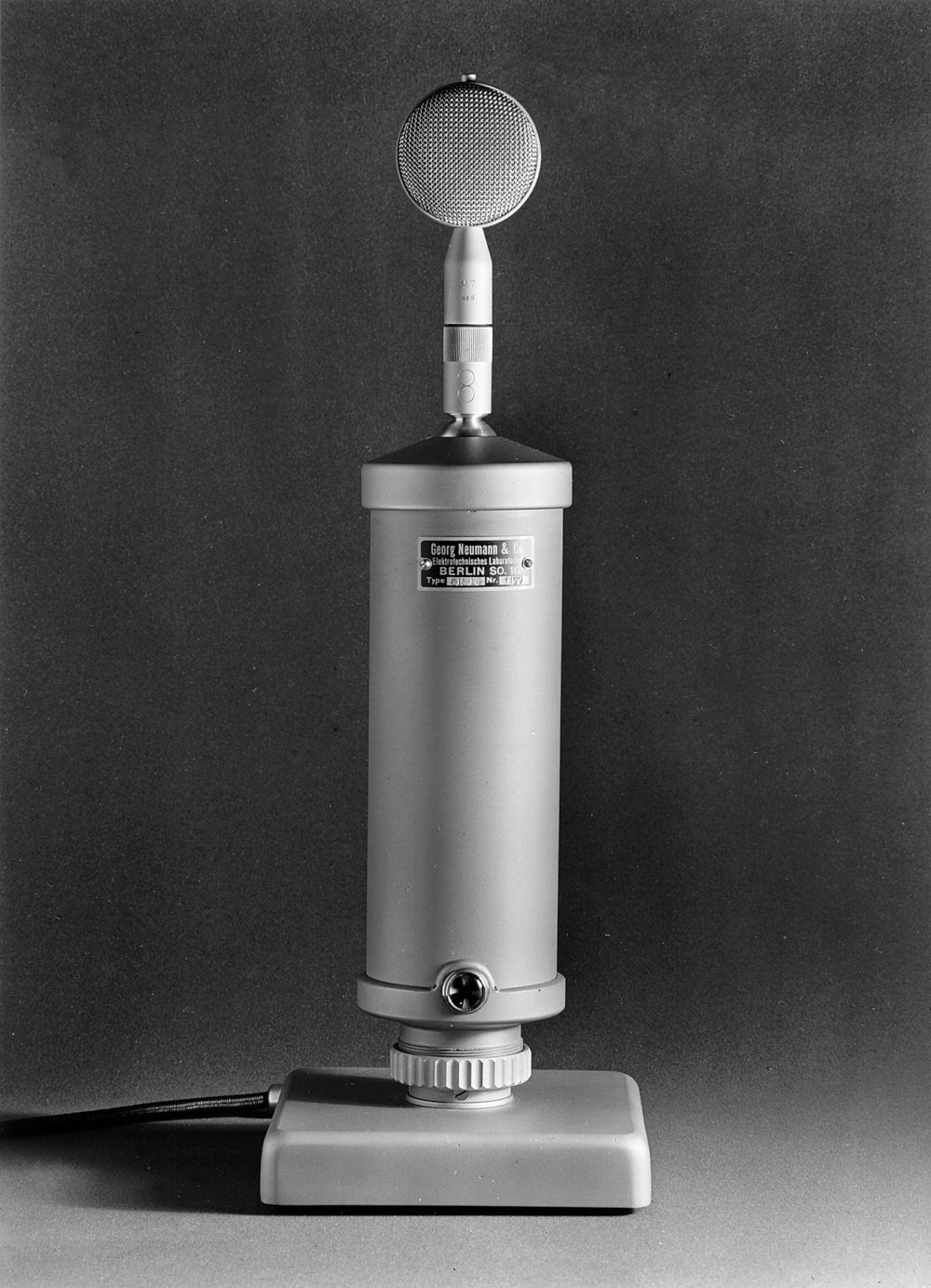
The Georg Neumann Company
The Georg Neumann Co. was founded in a small town outside Berlin Germany in 1928, on the strength of the CMV3 Condenser Microphone. The CMV3 amplified microphone has a remote transformer/power supply, and triode style vacuum tube impedance converter. The first few years of production featured an Omnidirectional, large gold sputtered diaphragm (the M1).
Since the early 1920’s, the passive, naturally bi-directional ‘Ribbon’ style microphone ruled the roost. Its simple magnetic field design can withstand extreme pressure and is extremely accurate with transient sounds. The Ribbon mic’s distinctive boxy silhouette defines its outward appearance. In contrast, the Neumann CMV3 condenser mic has a distinctive tall, rounded body, earning the nickname “the Neumann Bottle”. Although the Omnidirectional CMV3 condenser mic cannot withstand the extreme pressures (loudness) the ribbon mic can, it has far greater sensitivity. Amplified public speaking, live Radio broadcasting and prerecorded material benefits quite a bit from the condenser’s higher sensitivity. The potential for clearly audibly details is a no-brainer tradeoff for a higher volume input threshold.
Despite the extremely complicated manufacturing process and strict quality control protocol, the Neumann CMV3 became the first mass produced condenser microphone. At Neumann, research and development is equally important as extremely rigorous quality control. By 1932 the CMV3 was redesigned to accept user interchangeable capsules. Each capsule features a different polar pattern, including the world’s first cardioid pattern capsule (more on the M7 capsule later). Multi-polar pattern condenser mics (either switchable, or modular) are expected on today’s better condenser mics. In 1932, the idea of having user accessible modularity on such a complex device must have seemed like science fiction.
The ‘Neumann bottle’ condenser mic is the first in a storied line of European Condenser Mics that elevate the usefulness, quality, and role of the recording microphone that features the dynamics and intimacy necessary to accurately capture the human voice. Mics based on the 1928/1932 CMV3 ‘Neumann bottle’ are still manufactured by highly respected brands today. In 2022, the antique bit of tech is right at home in today’s digital world, doing the jobs it was designed to accomplish, nearly 100-years ago.
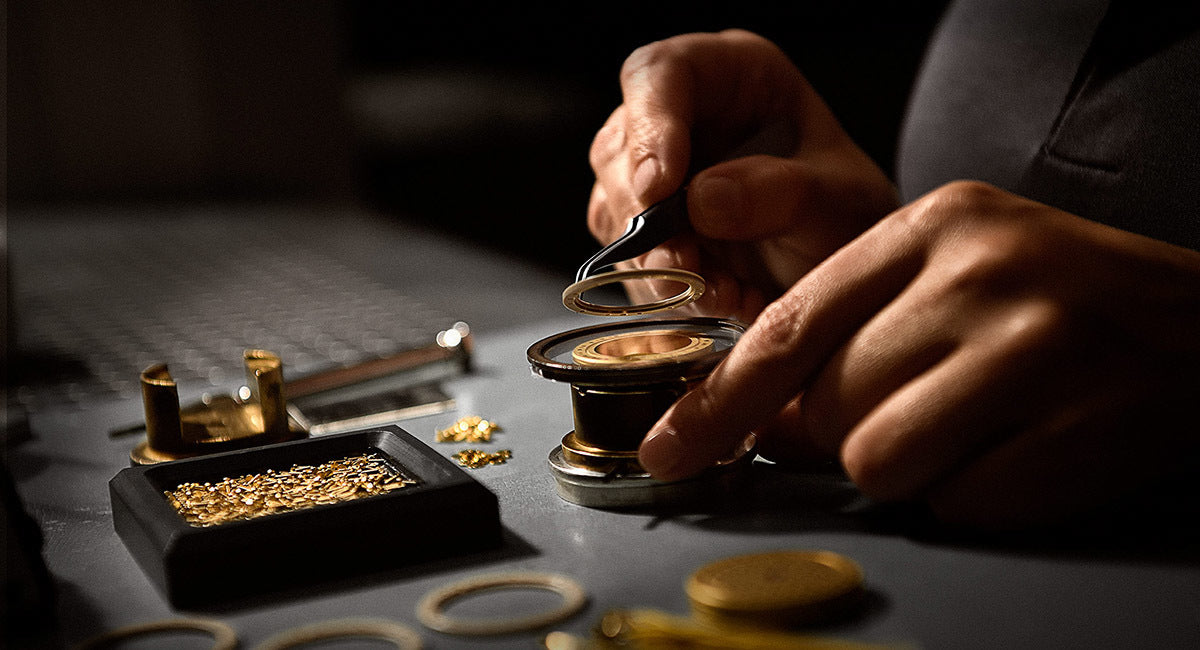
The Pre- Modern Studio
It seems insane to think of the microphone as anything less than one of the most important links in the audio signal chain. It wasn’t more than a couple decades before the condenser mic’s development, that a ‘microphone’ wasn’t much more than a large, cone shape hearing aid. In those days, a vocalist sang into a focusing cone, leading to a vibrating membrane that cut a wax cylinder. As you might imagine, much of the subtle nuances of the vocalist’s style are lost in this lo-fi mousetrap. In the early days, the best audio fidelity you could get (aside from a live performance ) was a broadcast of a live performance.
During the 30’s, advancements in the disk cutting recording method vastly improved the fidelity of pre-recorded music. Neumann himself created an electric powered, direct drive ‘disc-shaped’ recording lathe, but it was not exported to the USA until the 1960’s. During this era (1930-the late 40’s) the Ribbon mic (or multiple ribbon mics) were used to capture a much higher fidelity recording, than the “wax cone”

The Dawn of the modern Recording Studio, and Neumann’s New Beginning
In the mid 40’s, advancements in magnetic reel to reel tape vastly improved potential for a truly realistic way to capture and replay music. Although Neumann’s CMV3 condenser mics made a huge difference in broadcast and straight to disk recording, much of the mic’s potential remained untapped before the advent and use of iron oxide magnetic tape.
The Neumann factory was quickly rebuilt after the war. No time is wasted as production, invention, and craftsmanship resume like it never stopped. Neumann’s best work is yet to come. The first new microphones that emerged in the post war era are instant classics and remain among the most coveted and highly valued studio mics in the world (prices for original condition Vintage M47 or M49 can reach $30,000 or higher).
The Neumann M-47/Telefunken U-47* and Neumann M-49/Telefunken U-49* become available in 1949(M47) and 1951(M49). Both microphones have an instant and extreme effect on the world of hi-fidelity broadcast and studio recording. In fact, Neumann’s new active condenser mics coupled with the newly integrated tape-style recording machine made all the difference needed. The passive Ribbon style microphone is rendered nothing more than outdated soon forgotten relic* It’s safe to say Neumann’s CMV3, M47, M49 and M7 capsule created a hearty section of foundation the modern audio recording studio is built on.
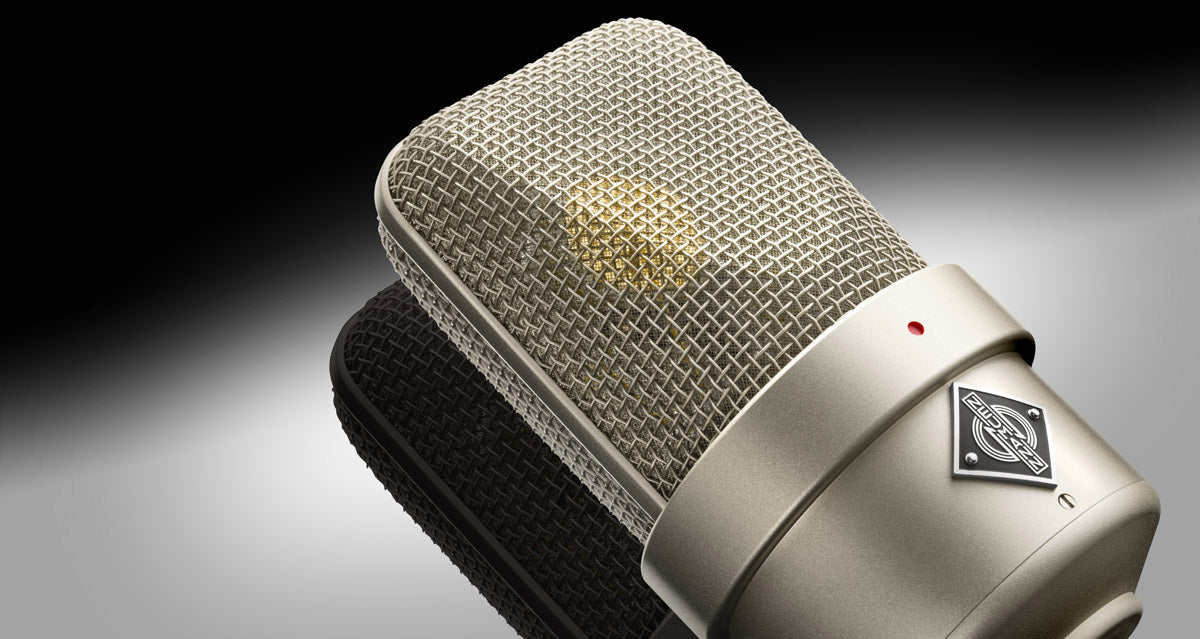
The birth, life, and rebirth of the amazing Neumann M-49
Neumann didn’t invent the condenser mic, but his refinements, additions, and enhancements push condenser technology several decades ahead of its time. The M7 cardioid capsule first used in 1932, is at the heart of the M-49. Its potential could not be fully realized until other key elements of the high-fidelity recording world no longer held it back. Neumann’s early contributions seemed to arrive like a 454 LS6 Big Block Muscle Car engine in the days of the wagon train. You might be able to get the two to work together, but you simply won’t clock a 13 second quarter mile with wooden wheels, and no suspension to speak of. It takes more than one great component to create something monumental.

The Neumann M-49 at a glance
The Neumann M-49 was still in the design stage when the M-47 was unleashed on a world that will never be the same. Needless to say, the M-47’s impact on broadcasting and recording cannot be overstated. The M-49 is built as a posh alternative to the M-47, that features a more advanced, convenient, and finely tuned switching system designed to appeal to the Broadcasting industry (which it excelled at). Both the M-7 and M-9 utilize the big block (sorry) high performance dual diaphragm cardioid M-7 capsule. The biggest difference between the two mics is the M-49’s capability to bring out more of the magical M-7 capsule’s versatility, and ease of use.
The M-49 is capable of omnidirectional, figure of 8, and cardioid polar patterns. While that’s nothing new, no extra capsules need to be added. Control over polar patterns on the M-49 are externally controlled on the power supply/Transformer (an industry first). Broadcasting studios often had multiple mics set in fixed, semi-permanent locations. Changing proximity patterns without changing out a mic saves time, money, and wear & tare. Another giant leap forward is the ability to switch from Omni or Figure of 8 to Cardioid without the 5db jump in volume, that plagues the M7. The M-49 keeps voltage flowing to both diaphragms in all settings, rather than shutting down the 2nd membrane for Cardioid use, like the M7. The system sounds simple, but it’s another complicated part of an already complex mic. The M-49 maintains uniformity in every setting with no detectable change in sensitivity or output.
The M-49 was born of cold mathematical equations, physical laws, mind boggling engineering, and top-level hand manufacturing. The decoupling yoke, rounded base, and especially the uniquely tapered, three-layer, interwoven mesh wind screen helps reduce standing wavs that can disrupt the clarity of such a sensitive microphone. Somehow the completed elements that delivered such a fine microphone also gave it an unintended but nevertheless beautiful Art Deco like appearance.
The Broadcasting worlds new ‘best kept secret’ didn’t stay secret very long. Soon, the Neumann N-49 flooded the better Recording studios around the world.
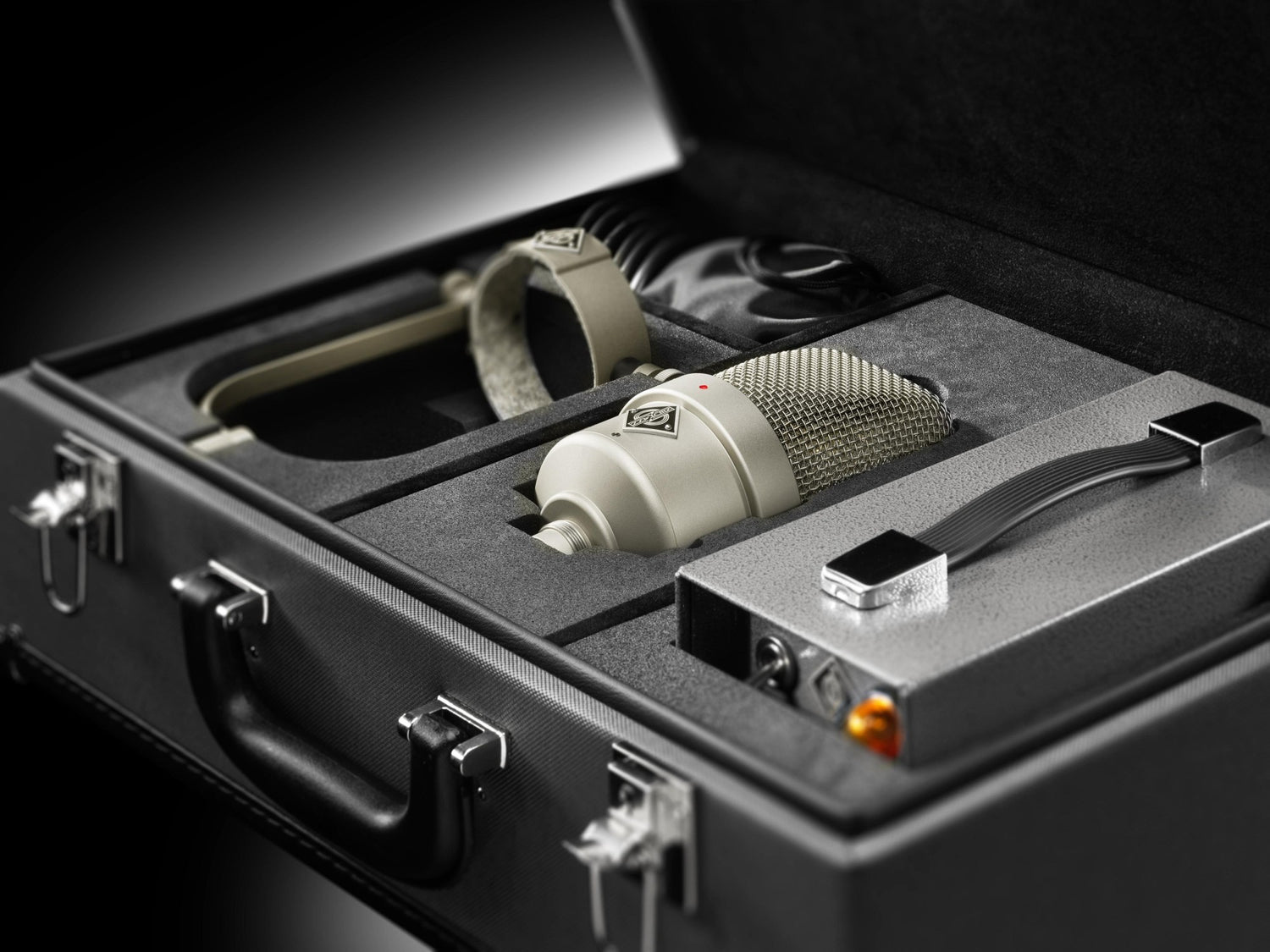
The M-49’s Impact
The M-49 is regularly called “the Mic that defined a generation”. Though not a false statement, it’s abbreviated enough to be misleading. The entire truth is something far more fantastic. The M-49 is more accurately described as the voice of voices- spanning multiple generations.
Without question the Neumann M-49 is the sound of the 50’s and 60’s, but it’s also quite a bit more. The M-49 has a timeless, chameleon like nature, that both defines and defies the era into which it was born. The M-49 is capable of getting lost in its own diversity, but diversity alone can’t offer a complete explanation.
The key to the M-49’s ageless nature is in part versatility, sensitivity, and the fact that Neumann designed and built the M-49 like a precision tool. The vocalist (or instrumentalist) that works in close proximity with the M49, can capitalize on the mics extremely sensitive nature, and deliver a performance that allows the M-49 to aurally ‘disappear’, leaving only the intimate connection of the artist and the listener. When it all comes together, the Neumann difference is profound as Technicolor is to Black and White.
The Sound, Intended and unintended classic uses of the amazing M-49
Describing sound can be difficult but recalling music you love can be easy and detailed. One of the M-49’s first, and most famous users is Frank Sinatra. It’s been said he didn’t gamble on a studio having his beloved “Tele” M 49 available for him, so he bought and traveled with his own M-49. Sinatra was a master of timing, and he knew how to work the sensitivity of his M-49. Many of Sinatra 1950’s recordings can offer a great way to hear the warmth, brightness, and sensitive nature of the M 49. Sinatra is also a master at making the mic “disappear,” resulting in the intimacy between artist and listener discussed earlier.
Sinatra singing ‘Under my skin’ (pre-Neumann)
Compare to a later recording with the Neumann
The N-49 is voiced in a range thought to be best used to capture a male voice (in the baritone range), but the miracle mic found itself in countless settings.
A SHORT list of M-49 users: Tony Bennet (later period) Elvis Presley (regular period) Elvis Costello, the Amazing Roy Orbison, George Michael, Michael Jackson, Bob Dylan, David Bowie, Pink Floyd, Frank Zappa, The Beatles (the M-49 was a favorite of Beatles producer Sir George Martin, and his engineer, Geoff Emerick). World famous Abbey Road Studios have kept and maintained the single M-49 that’s a permanent part of its Mic collection since the 50’s. Although the M-49 is said to be in best used in the Baritone range, someone must have forgotten to tell luminary female vocalists like Etta James, Barbra Streisand, Norah Jones, Aretha Franklyn, Adele and more. Let’s NOT forget to mention legendary Bop/total Jazz freedom Trumpeter Miles Davis who reportedly loved the response and sensitivity the M-49 provided. High praise from a man who only liked the best of everything.
Due to its versatility and sensitivity, the M-49 is known to have been used occasionally as an overhead Drum mic, a Brass and Winds mic (soloists and sections), as well as use capturing full orchestral performances.
During the original production run of the Neumann M-49, approximately 2500 handcrafted mics left the factory between 1951, and 1974 when production ended.
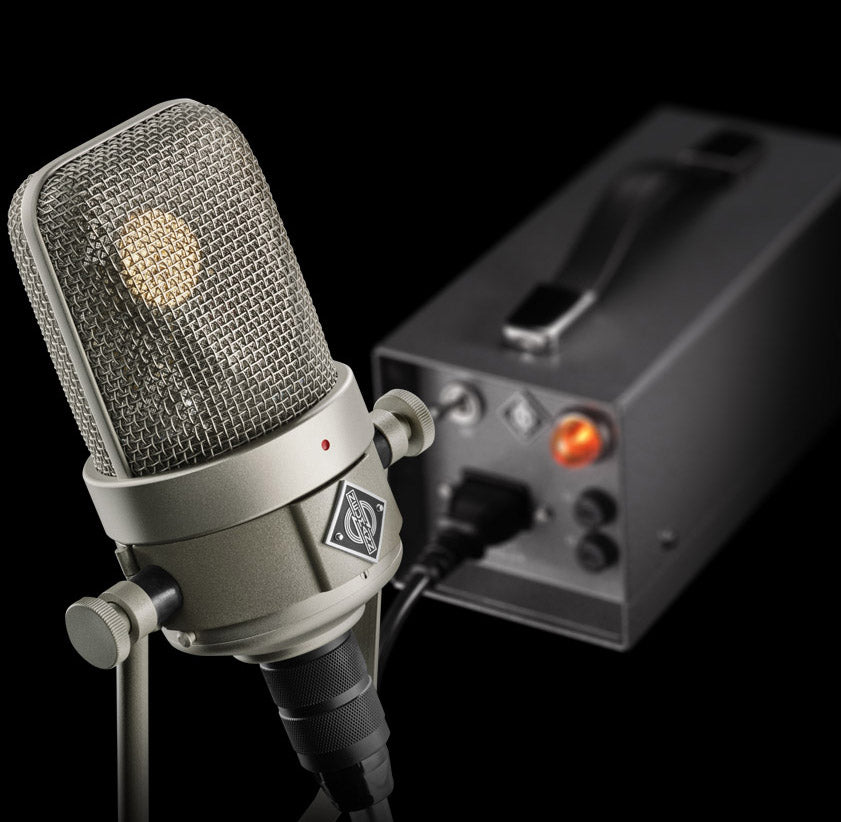
The Return of the Neumann M-49 ‘V’
Production may have ended in 1974, but the N-49 has never been out of use, or impossible to buy (if you have 30,000 USD to spare on a well-maintained vintage example). Nearly 50 years after production ended, the M-49 not only fits in with today’s digital recording methods but excels.
Perhaps it’s for this reason that top men and woman at Neumann are pausing from there tradition of forward motion only, to pause and revisit the past. Frankly, I can’t imagine Neumann risking their nearly 100-year-old, spotless reputation for greatness, on anything the slightest bit questionable. I’d recommend proceeding with nothing but extreme confidence.
Neumann has officially announced the re-creation of the M-49(V). The world-famous mic has a few new tweaks, but little adjustments and improvements is nothing new at Neumann, or on the M-49 (a half dozen revisions were made to the M-49 during its 23-year run).
The New M-49 V has a transformer/power supply that automatically adapts to digital or vintage power flow, making the new transformer versatile enough for any need (including 100% compatibility with any vintage unit). The new transformer will also adapt to any mains voltage, around the world.
The new M-49 is also offered in a Cardioid only configuration that’s boasts and extra 4db output, and two other versions for you to consider. Talk to one of Alto Music’s specialists to help you discover what version best suits your needs.
As always, the M-49 is hand built by Neumann’s top craftsman, who tout no audible difference between the new M-49 V and a vintage model that’s operating to spec.
Act fast. A limited number of mics will be available to Europe and the Americas. Neumann is limiting production to only 25 units a month, to ensure the highest possible quality is built into each unit. Now is arguably the best time to shop for one of the greatest Microphones that ever existed. Pound for pound, Neumann outperforms its price tag as much or more than any famously sought-after Legend.
*Domestically bound units retained the Neumann name and model designation. Exported models were fitted with the distributers logo (Telefunken).
*An active version of the Ribbon mic has created a renewed and substantial interest in the Ribbon mic, starting around 2004.

Neumann
Neumann M 49 V Set Remote Switchable Studio Tube Microphone
+ Free Shipping
Share
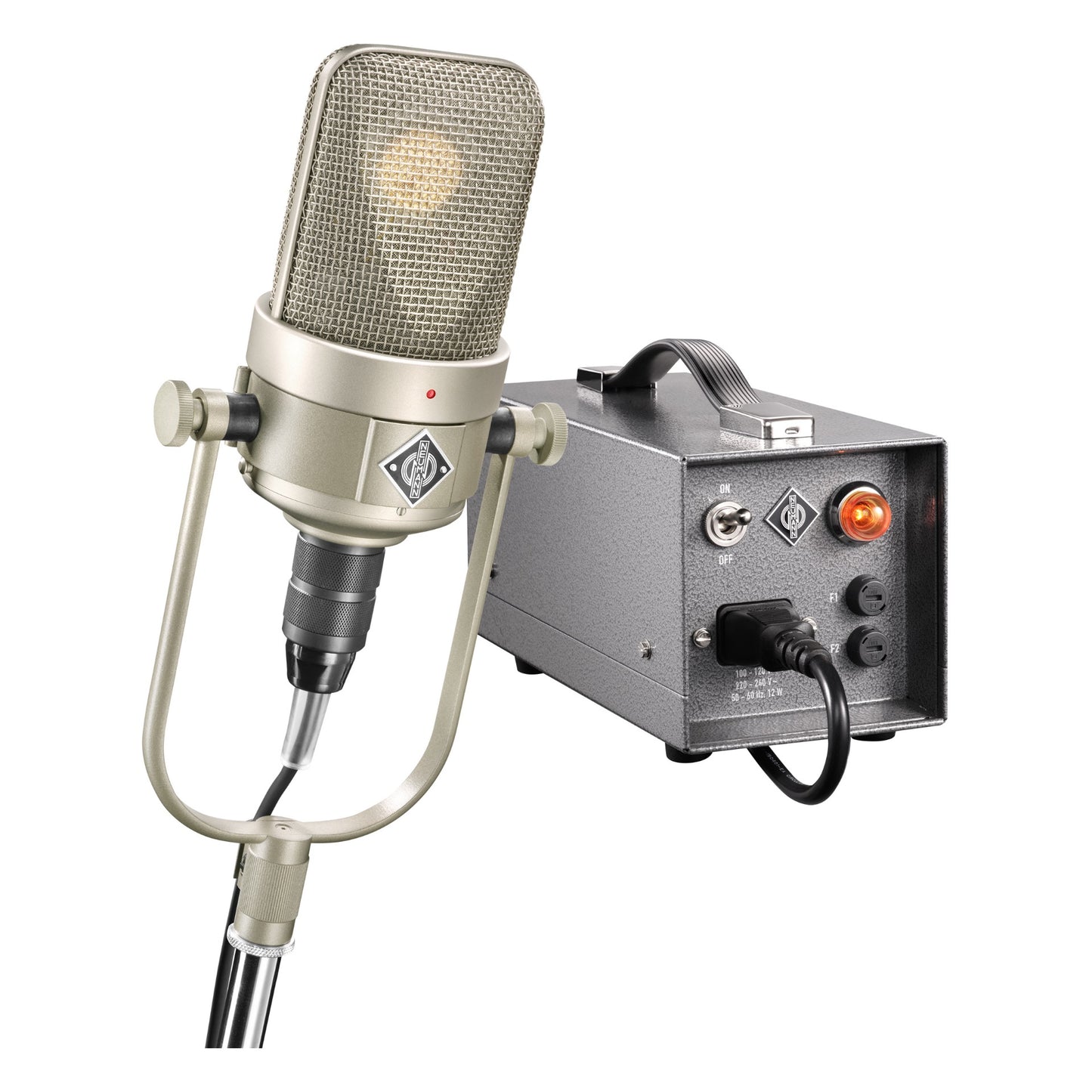

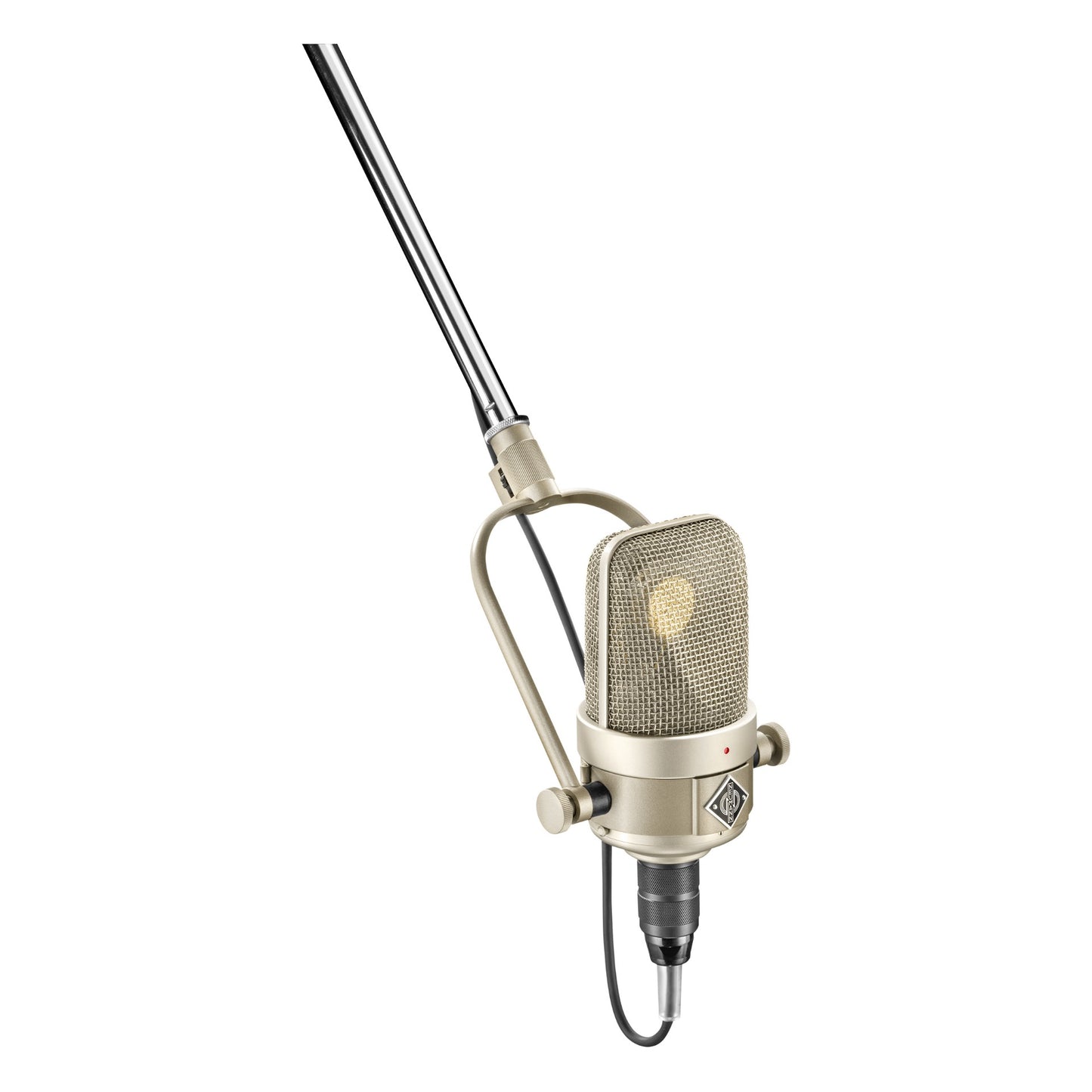

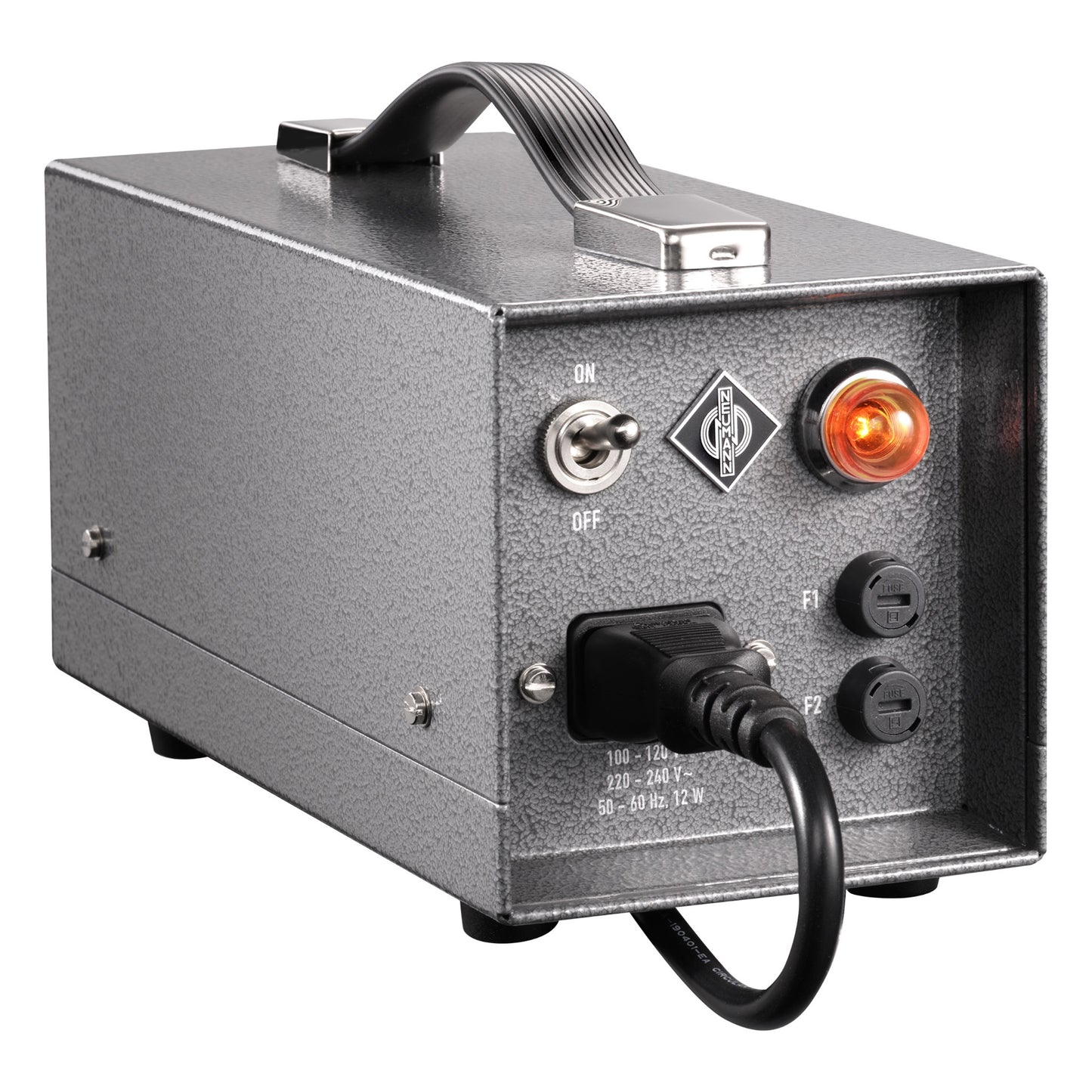
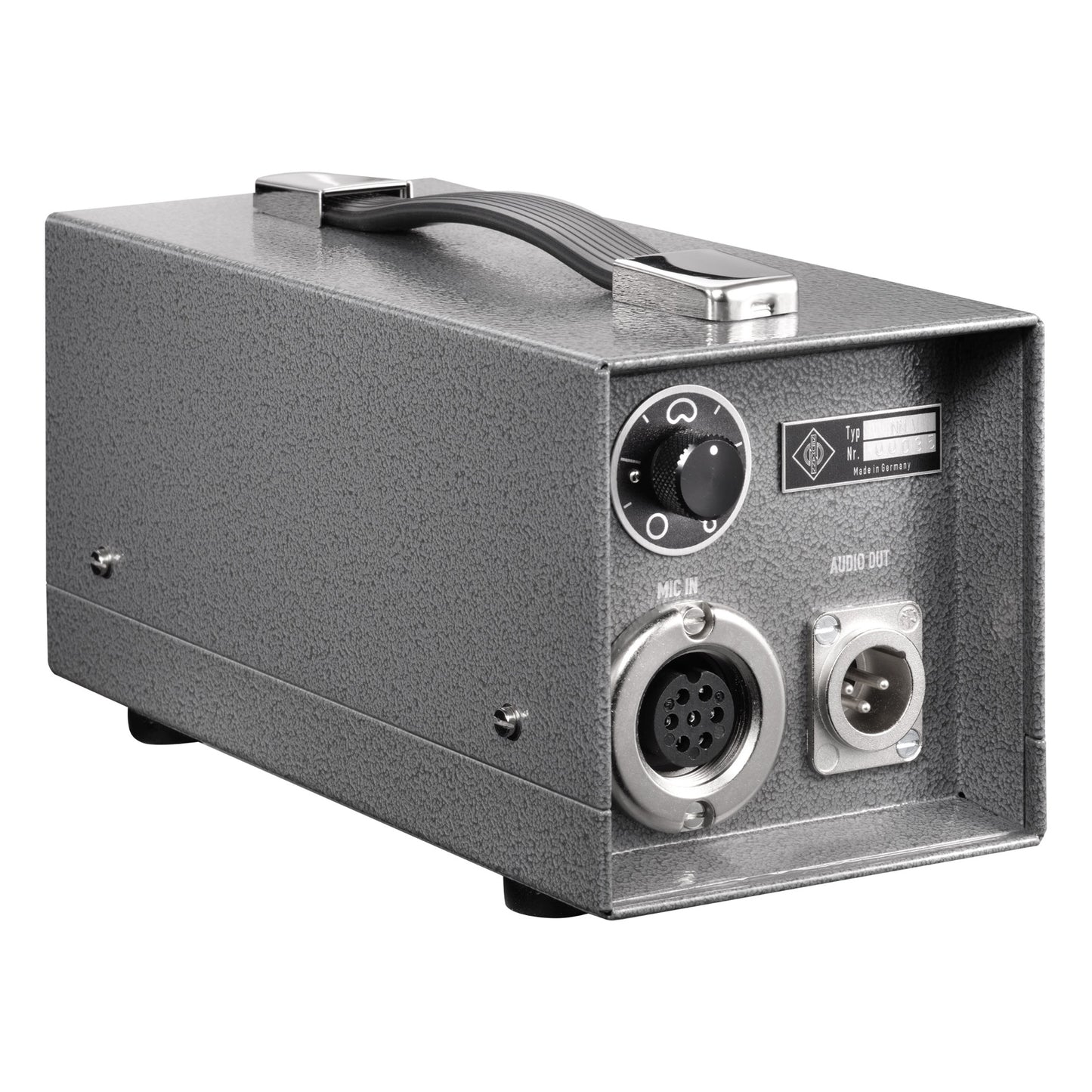






-

The Impact of the Moog Theremin: A Brief History
The Theremin was invented around 1920 by Soviet Russian Scientist Leon Theremin. His creation was probably the first musical instrument that had no “acoustic” ancestors and definitely the first musical...
The Impact of the Moog Theremin: A Brief History
The Theremin was invented around 1920 by Soviet Russian Scientist Leon Theremin. His creation was probably the first musical instrument that had no “acoustic” ancestors and definitely the first musical...
-
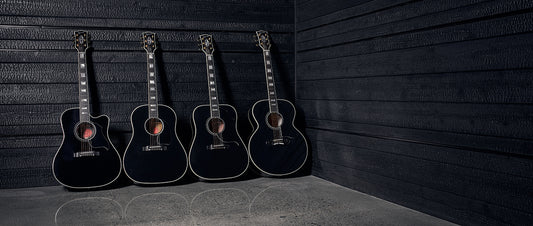
Choosing the Right Gibson Acoustic
Choosing a Gibson was your first great move. Every Gibson acoustic guitar made today, is a direct descendant of the groundbreaking designs of the 30’s through the 60’s. Gibson has...
Choosing the Right Gibson Acoustic
Choosing a Gibson was your first great move. Every Gibson acoustic guitar made today, is a direct descendant of the groundbreaking designs of the 30’s through the 60’s. Gibson has...
-
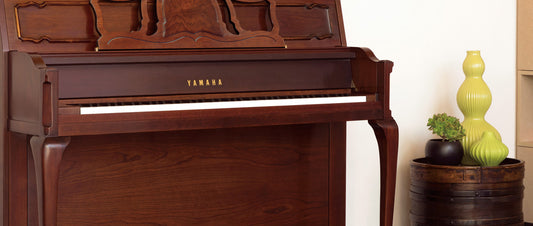
Yamaha Musical Instruments: Empowering Music Cr...
Torakusu Yamaha the businessman, engineer, traditional and progressive minded genius made himself and the world a promise. He will bring the power and means to make music Traditional value and craftsmanship working...
Yamaha Musical Instruments: Empowering Music Cr...
Torakusu Yamaha the businessman, engineer, traditional and progressive minded genius made himself and the world a promise. He will bring the power and means to make music Traditional value and craftsmanship working...



